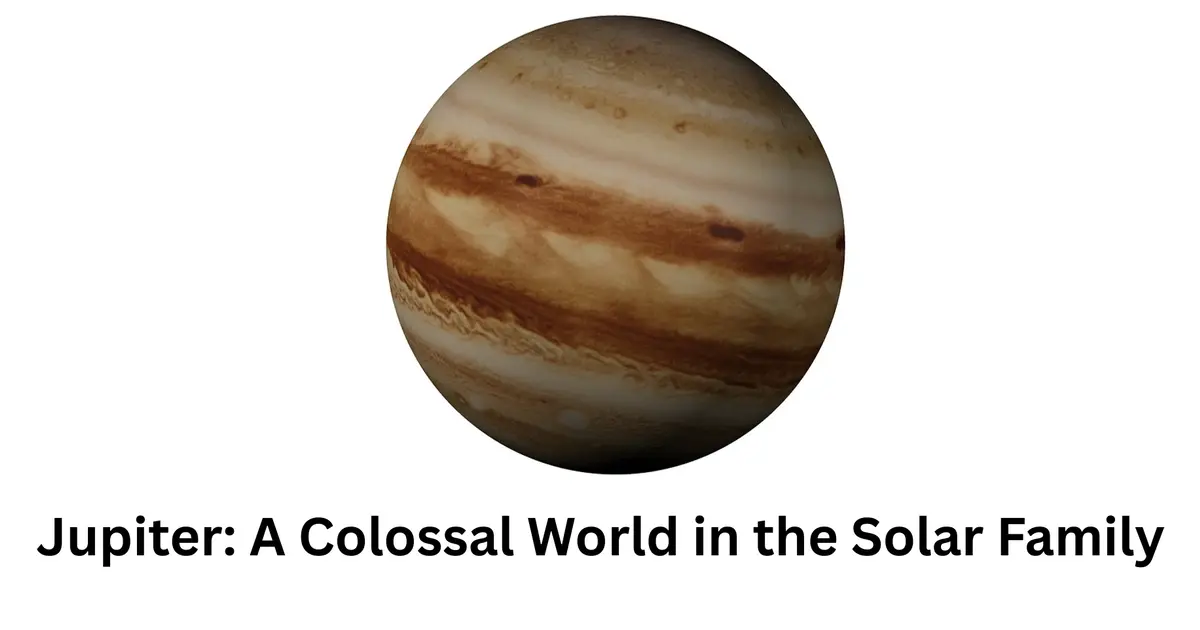Jupiter: A Colossal World in the Solar Family

Jupiter is by far the biggest planet in our solar system. In fact, its mass is more than twice that of all the other planets combined, though still just under one-thousandth the weight of the Sun. If you lined up eleven Earths side by side, they’d roughly match Jupiter’s width — which is around 1,42,984 kilometers at the equator.
You don’t really need a telescope to see Jupiter — on clear nights, it's right up there, shining as the third-brightest thing in the sky after the Moon and Venus. Its atmosphere? Mostly hydrogen, about 76%, with helium making up the rest — around 24%.
But what’s really wild is that huge reddish storm spinning away on the surface. People call it the Great Red Spot. It’s not just a cool name either — it's a giant, high-pressure storm that’s been raging for hundreds of years.
Also, fun fact — in old Chinese traditions, Jupiter was known as the "Wood Star." It represented growth in their five-element philosophy, which they called wuxing.
